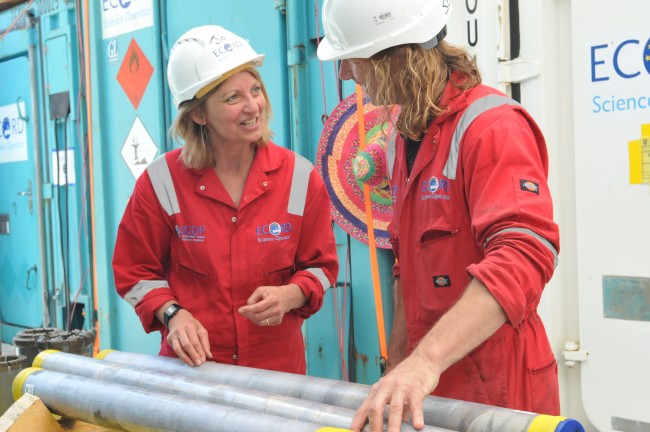Aboard the Good Ship L/B Myrtle
May 11, 2016
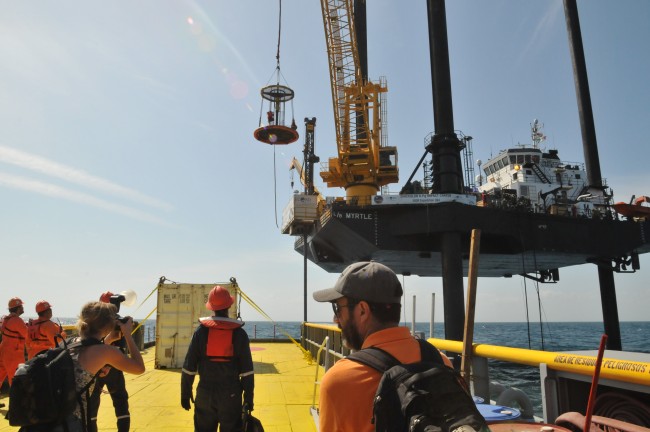
Yesterday I went to a museum in Merida to learn about the Chicxulub impact. Today I went right to the impact site by boarding the L/B Myrtle, the boat that’s homebase for scientists drilling into the crater.
I had an amazing time learning about the research from the scientists on board, including the Jackson School’s Sean Gulick, a research professor at the school’s Institute for Geophysics. But first let me tell you more about the boat.
Usually, the Myrtle is a delivery boat for offshore oil and gas drilling platforms. It sails up alongside platforms, deploys three legs to the bottom of the ocean and then rises up to platform height–up to 223 feet–so cargo can be easily be transported from boat to platform.
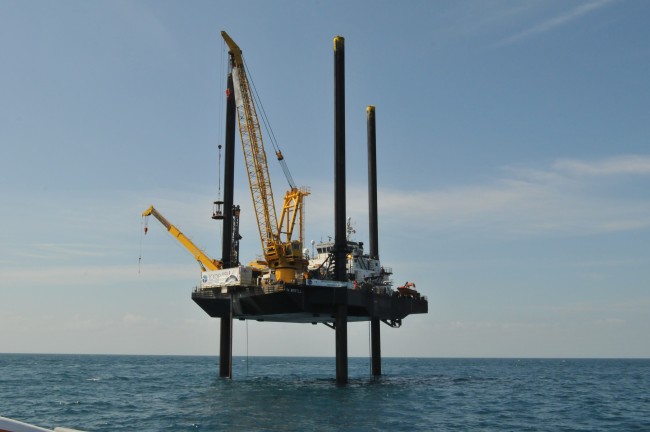
The Chicxulub team is using the boat’s lifting ability for a different purpose: stability.
The drill the team uses to take core samples needs to be kept steady. Keeping the boat raised 40 feet above the ocean where no waves can touch helps do that. (It also has the side benefit of making sure that seasickness is never a problem!)
Seeing the boat raised up out of the water from afar was a surreal sight. A vessel suspended in mid-air by three legs reminded me of something that would come from the mind of artist Salvador Dali, who often depicted objects suspended by stilts.
Getting on to a lifted boat requires being lifted yourself. A crane-operated platform raised me and my colleagues (other science writers, a BBC photographer, and two scientists) from the deck of the ship we came in onto the deck of the Myrtle.
It was a fun and surprisingly smooth ride. I wouldn’t have minded lingering a few more minutes in the air before arriving on deck.
We showed up on the Myrtle when the drill was being lifted from the borehole to have its drilling bit changed, a process that takes hours. But the researchers were excited to show us core samples that they had already brought up.
The three samples they selected were from the three main core sections: The sediment that filled the crater over millions of years after the impact, the rock that the asteroid broke apart when it struck the Earth 66 million years ago, and the rocks that form the crater’s “peak ring.”
I wasn’t expecting each sample to look so unique. Each section is truly distinct from the next.
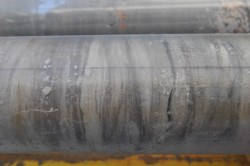
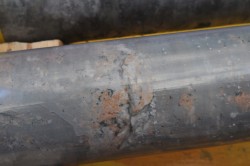
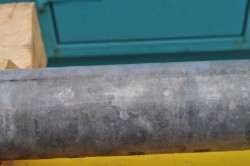
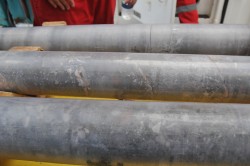
The rock that makes up a core is a record of the environment it formed in, Gulick said. By studying the impact cores, scientists will be able to learn more about how a single impact could cause such widespread extinction across the planet. By studying the sediments above they’ll be able to see how life recovered from it.
I return to the L/B Myrtle and the Chicxulub crew on Friday. This time I’ll be able to watch a core extraction and see rock emerge from the ocean that hasn’t seen the surface in over 66 million years.
But don’t wait until Friday to check back in. I’ll be posting more on Wednesday and Thursday about the science of Chicxulub.
